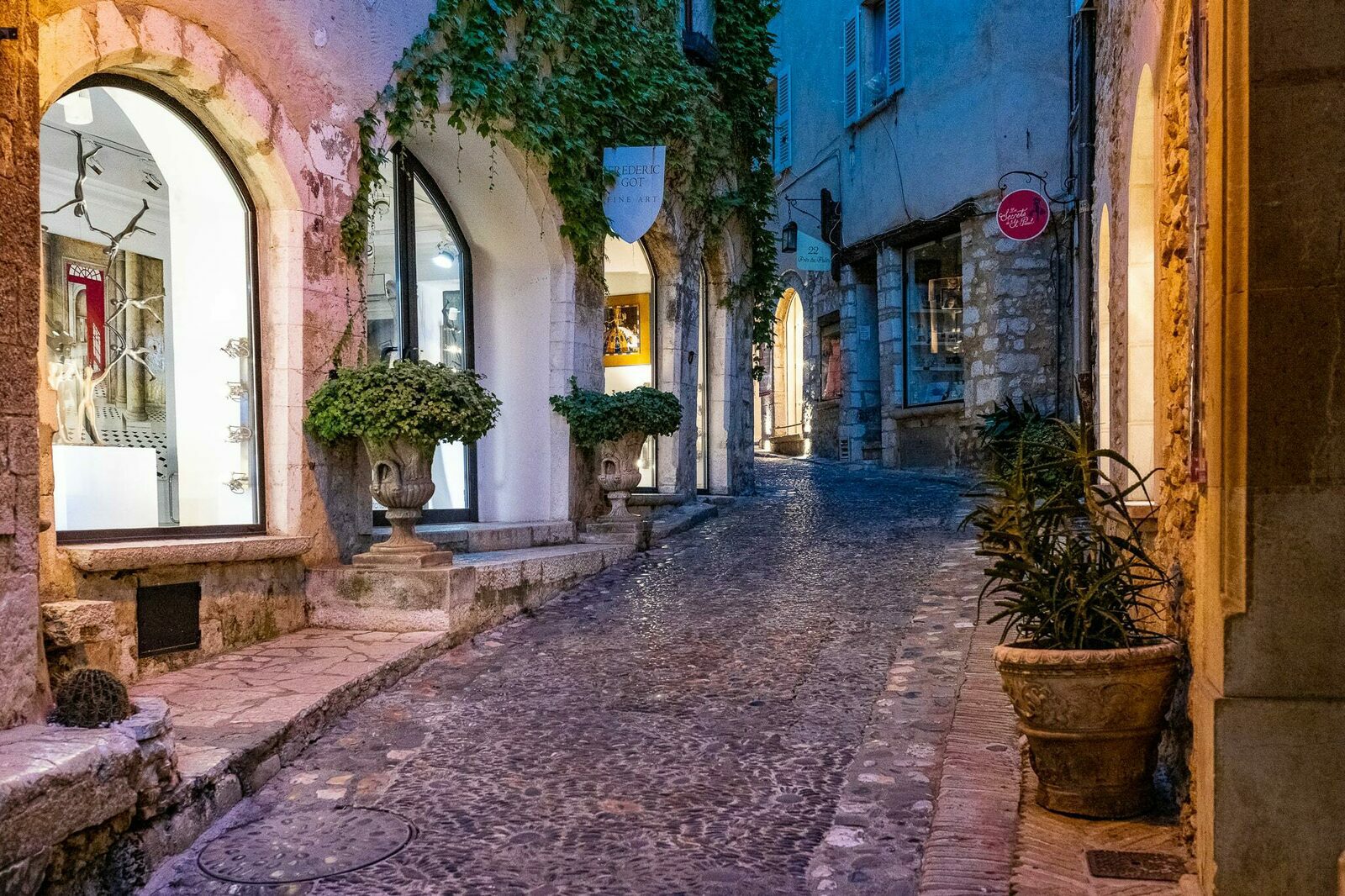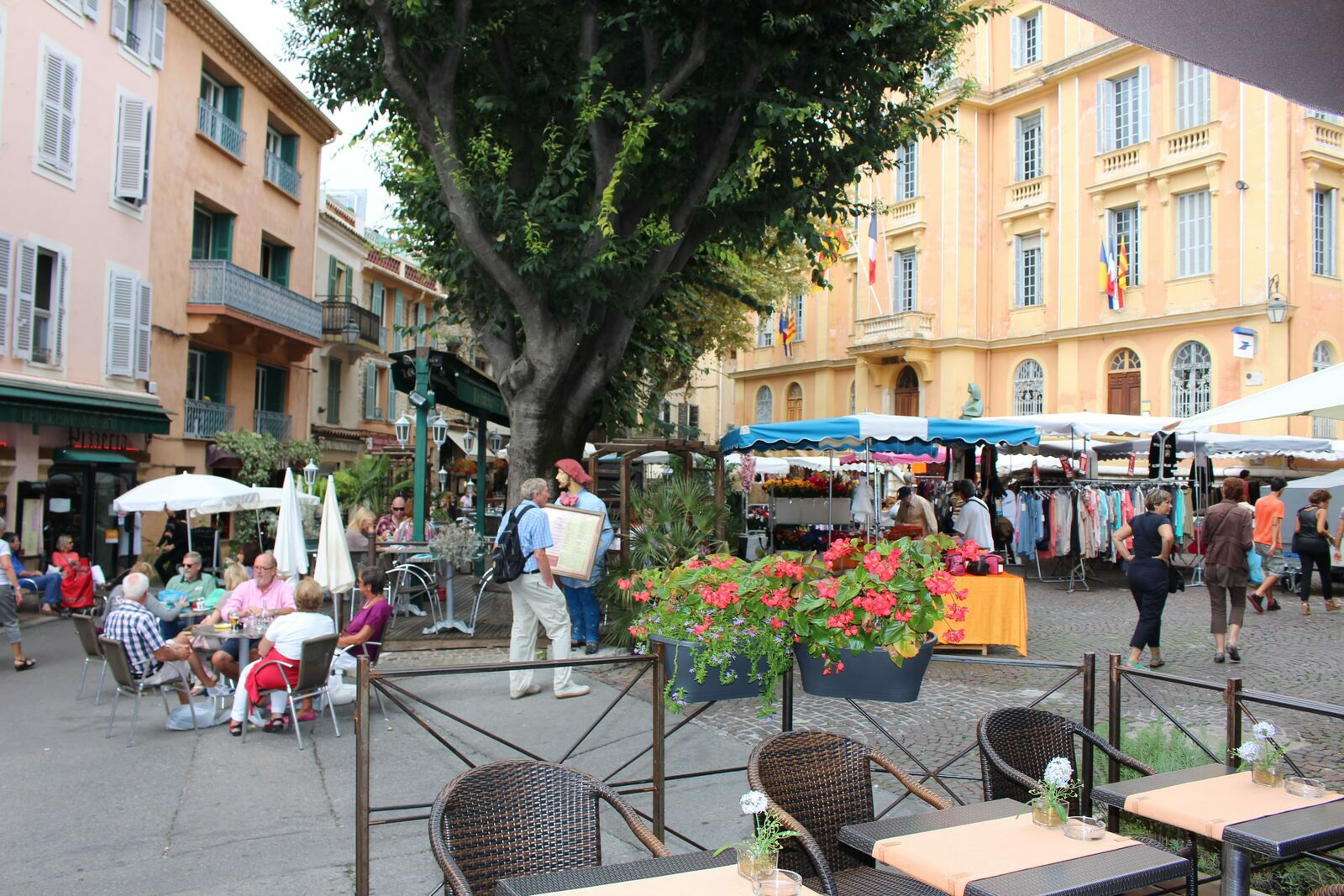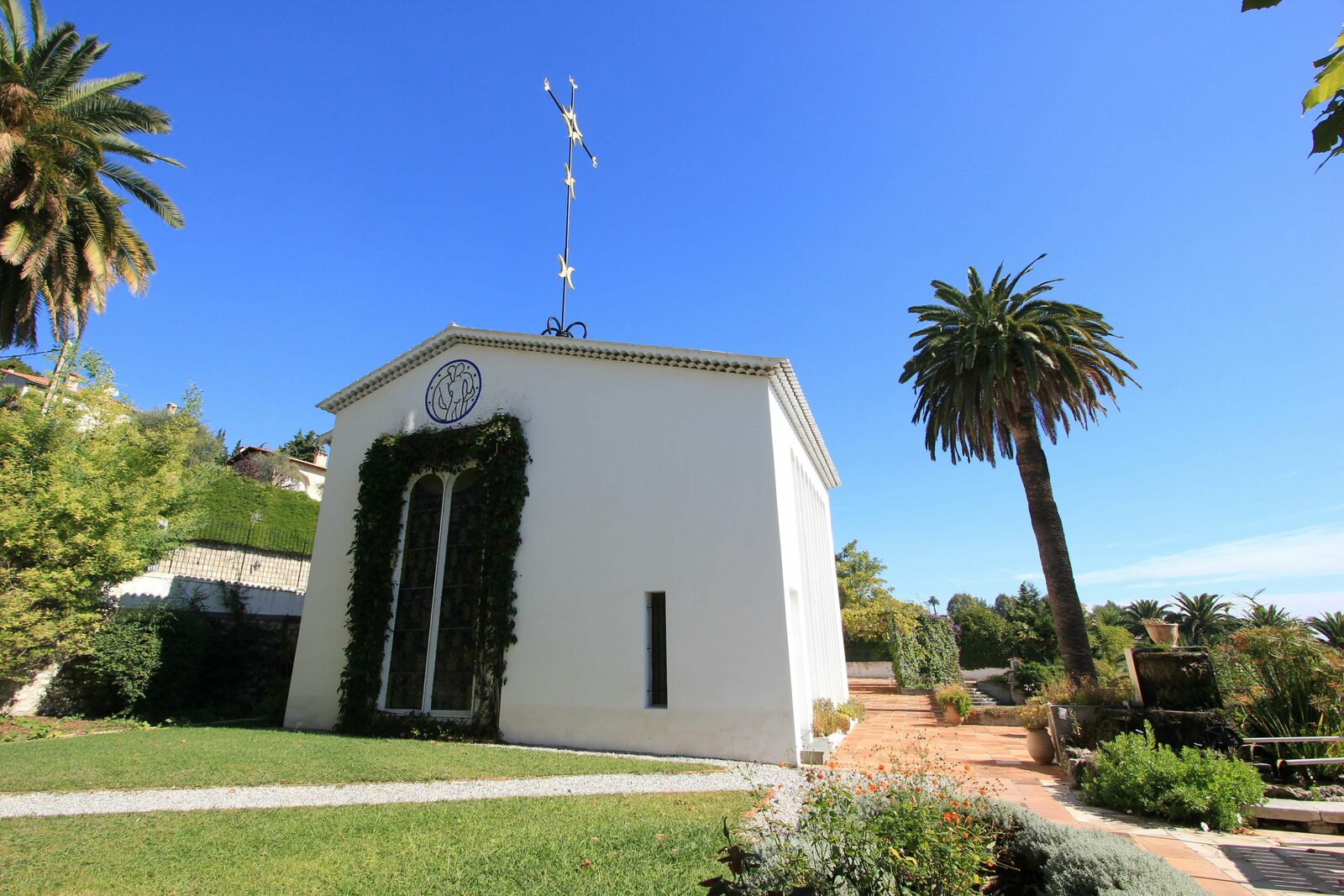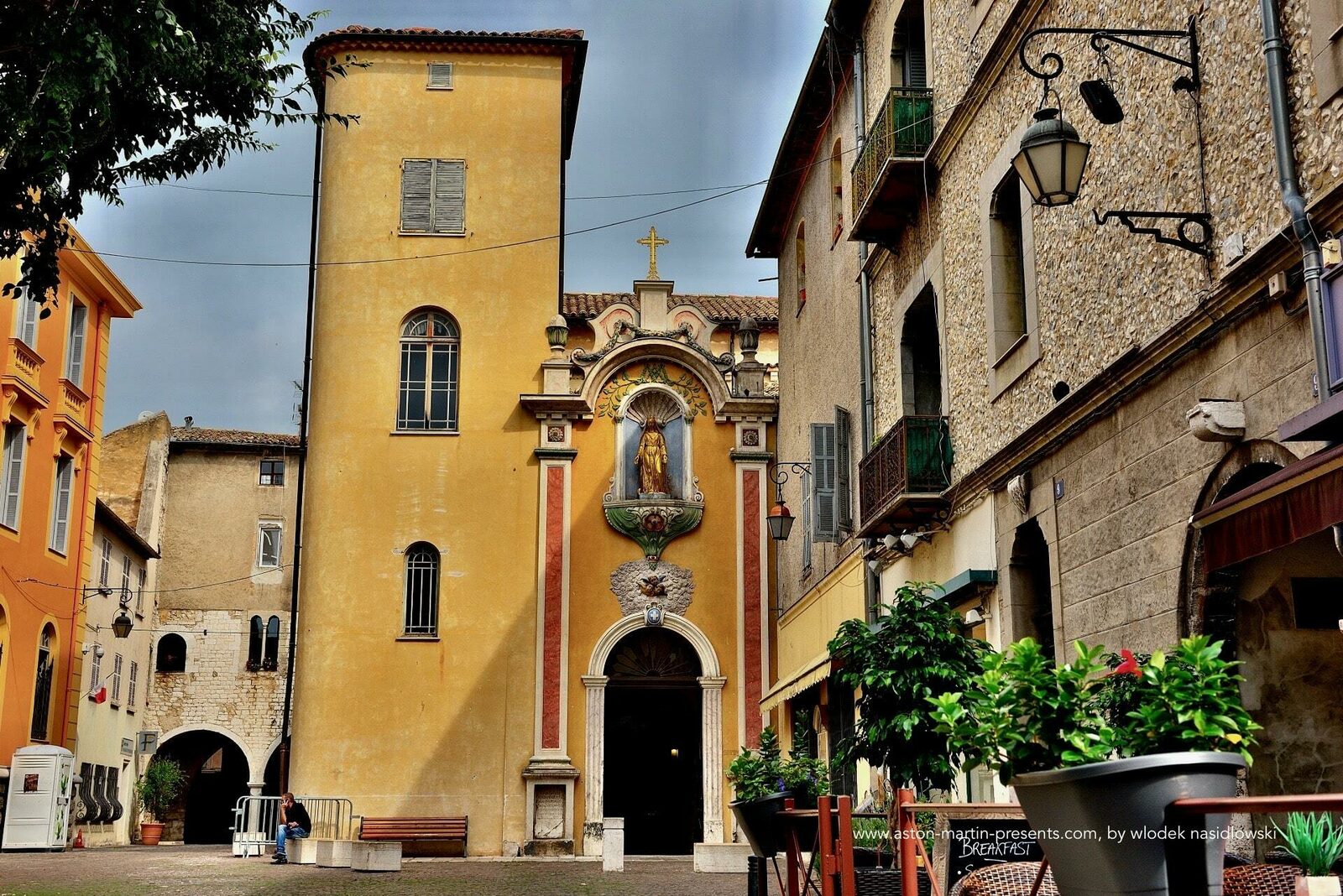



Vence is a city with a history of more than 2000 years. With influences of different times you can find monuments, buildings and works of art from different artists. In the cité historique, the historic part of Vence that is surrounded by a 13th century city wall, you will find the medieval housing that has been preserved. A city center rich in history, while at the same time full of life. Below you will find a number of historical and cultural highlights you should visit during your stay in Vence.
Historical monuments
The Chapel of the Rosary, a masterpiece by Henri Matisse. From 1948 to 1951, Matisse drew the plans of the building and all the details of the decoration: stained glass, ceramics, stalls, religious objects, … The small building, while very simple in appearance, arouses curiosity with the colored windows. Once inside, the chapel reveals its glory thanks to the reflections of the windows on the marble floor and the three murals depicting the Way of the Cross, the Virgin and Child, and Saint Dominic.
The Notre-Dame de la Nativité, the jewel of the city’s religious heritage, a classified historical monument, was the headquarters of the diocese of Vence. Built on the site of a Roman temple, later a Carolingian church, with its architecture and furniture it reflects the incredible richness of Vence’s heritage.
Vence is a place where water is of great importance: with three rivers, a washing place and two springs, Vence has always had a unique history with water. You will notice this by the presence of around twenty fountains that you can discover in the city. Each has its own history or a unique feature. The most famous is the Fontaine du Peyra, renovated in 1822 and a classified historical monument. Every year during the month of May the fountains are honored with floral decorations and a musical parade as part of the “Fête des fontaines”.
Museums
Located in the heart of the historic city, the Museum of Vence is one of the must-see cultural attractions on the Côte d’Azur. Throughout the year, the museum offers a program of themed exhibitions that represent modern and contemporary, French and international art. Built in the 17th century by the Seigneurs de Villeneuve, the castle was donated in 1966 by Emile Hugues, former minister and mayor of Vence.
The exhibition at the Witold Gombrowicz Museum highlights the complex and ambiguous personality of the Polish writer, Witold Gombrowicz, who was fond of destroying the sacred ideas and intellectual stereotypes of his time. Selected extracts from his works introduce us to the universe of Gombrowicz’s thoughts. The mysteries of his art are revealed, explained and commented on. Through intellectual provocation, fiction, by taking different points of view and putting on and taking off a sequence of masks, the author forces his readers to step back and enter a “game” with him which confronts the mythology of the masses and glorifies the rights of the individual.







Vence markets
St Paul de Vence
Saint Paul de Vence, on the French Riviera, is characterized by its artistic soul and its Mediterranean way of life through its narrow streets and its ramparts.
Discover Nice on the French Riviera
In Nice, there is always something to do. Just half an hour’s drive from your stay in Vence, you will find a city with lots of fun activities and sights.
Tourrettes-sur-Loup
Tourrettes Sur Loup is a medieval city that has preserved its authenticity, fortified village, castle, old stones ... but not only! Make a stop to learn more










